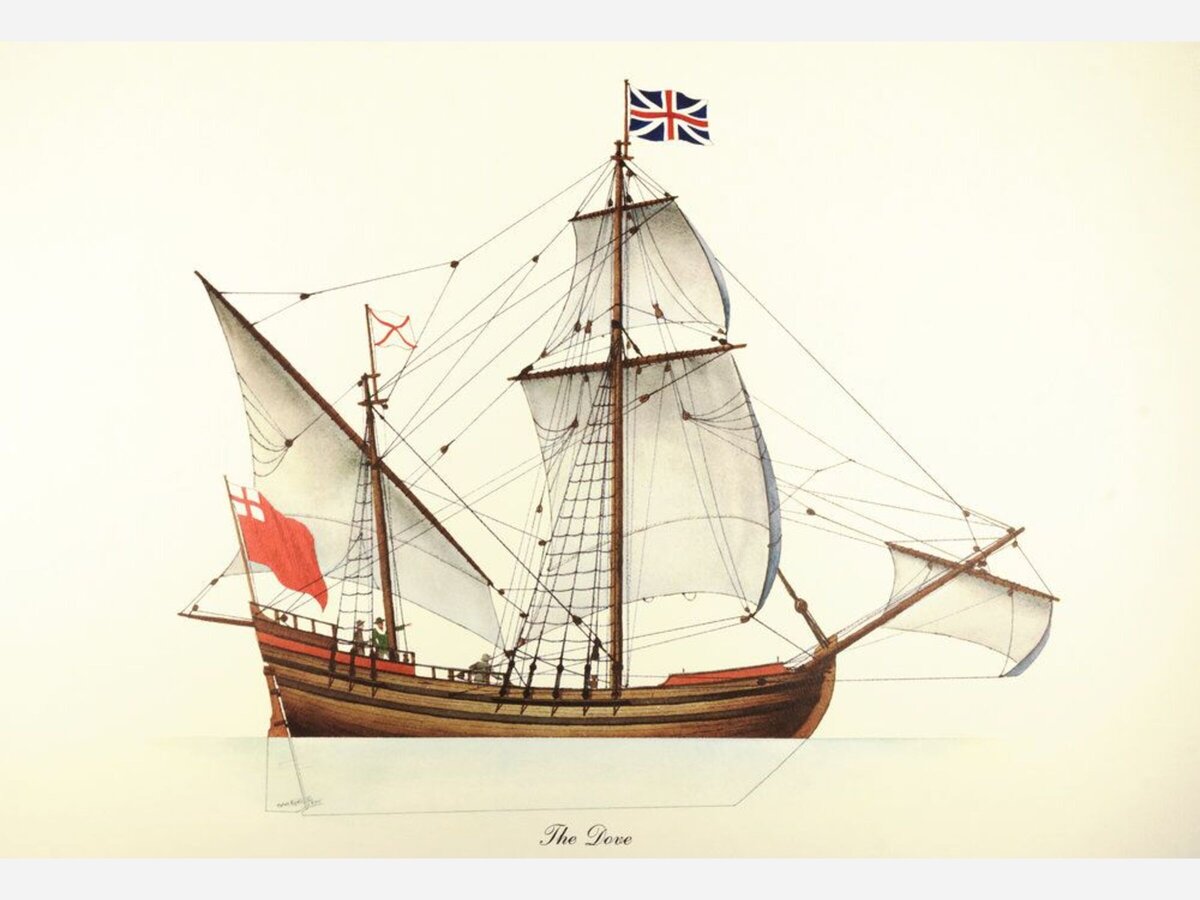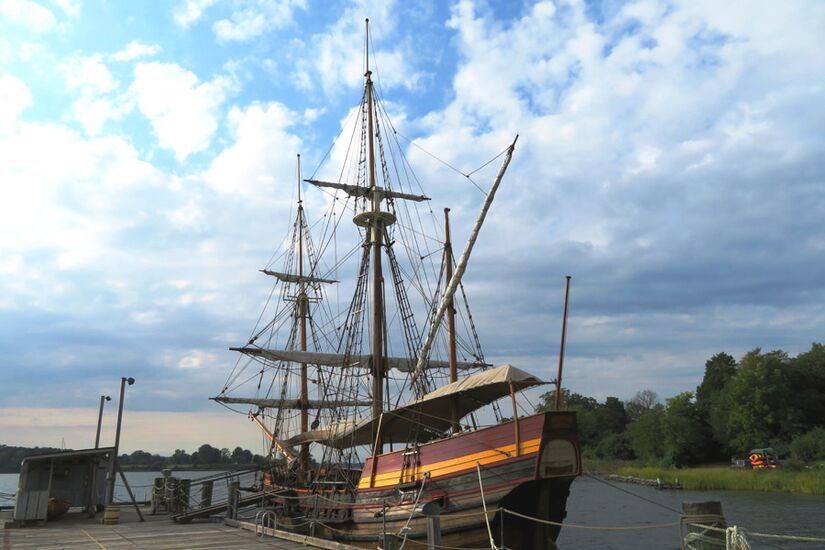Image

Wanting to see the island where “Maryland’s first ships” landed, I launched my standup paddleboard (SUP) from Paul Ellis Landing, paddling first to Bullock and Saint Catherine islands, and then venturing to Saint Clements Island. It was a 10-mile-long round trip that could have been shortened to five miles had I instead paid a small fee, launched from one of the marinas on Saint Patrick Creek, and paddled directly to Saint Clements Island. But it was a gorgeous day and I was wanting to take the scenic route.

Green heron on Saint Catherine Island
Saint Clements Island, or Blackistone Island, as it was called for nearly 200 years, is only accessible by boat, but for those without watercraft, a water taxi provides shuttle service between Saint Clement’s Island Museum and the island.
Circumnavigating the island, I saw a 2008 replica of the historic Blackistone Island Lighthouse. The original was built in 1851 and destroyed by fire in 1956.

Blackistone Island Lighthouse replica
I landed my SUP at a beach on the south side of the island and headed ashore to explore Saint Clements Island State Park, which encompasses the island. I walked to the lighthouse and rang the bell in the adjacent structure. The original bell tower was built in 1888 and held a 1000-pound bell which served as a warning system for ships during inclement weather.

Ringing the bell at Saint Clements Island
About two months after arriving, the Ark returned to England while the Dove continued supporting the settlers until August 1635, when it, too, set sail for England, but it never arrived and is presumed lost at sea. Fortunately, historians have learned much about similar ships of this era and passed this knowledge on to skilled craftsmen who have worked hard to keep the Dove’s memory alive by building two representations – the first in 1978 and a new one in 2021.
In 1978, Dorchester County boatbuilder Jim Richardson and a team of workers completed the first modern Maryland Dove, designed by William A. Baker as a dockside exhibit. Precise information was not available to create a replica so this pinnace – a small ship used for trading and exploring – is considered a representation.
In 2021, I boarded the 1978 Dove in Historic Saint Mary’s City, Maryland’s first European settlement and capital. I’ve been on much larger and more impressive tall ships, but what made touring the 1978 Dove so special was that we got to go below decks, see the berthing area, and get real hands-on experience by doing things like pumping the bilge pump. Our guide, a historic interpreter, told us that the ship was aging and in need of significant restoration. But such repairs were very costly and it would be cheaper to build another Dove, an endeavor that had already begun in 2019 at the Chesapeake Bay Maritime Museum.

The 1978 Maryland Dove

The second modern Dove was painstakingly designed by naval architect Iver Franzen and built over the next three years by skilled shipwrights at the museum, located in Saint Michaels, about 44 miles north of Saint Mary’s City, or 81 miles if traveling by boat. In many ways, it was similar to the previous Dove, but with updated historic information, this Dove promised to be a more accurate representation.
On March 28, 2022, the roughly 94,000-pound 2022 Maryland Dove was lowered into the Miles River via crane, making it the largest vessel launched in Saint Michaels since 1904. Exactly two months later, I launched my SUP from the town’s public boat launch and paddled about a quarter of a mile to the ship, which was moored on the south side of the museum and beautifully illuminated by the morning sun.

The 2022 Maryland Dove

The 2022 Maryland Dove
Paddling a little further east to see the port side of the 2022 Maryland Dove, I had a nice view of the 1879 Hooper Strait Lighthouse and Point Lookout Bell Tower. Similar to the bell tower on Saint Clements Island, the Point Lookout Bell Tower held a 1,100-pound bell whose massive size ensured its sound could be heard over long distances to guide sailors through the fog.

1879 Hooper Strait Lighthouse
Back on land, I entered the museum grounds to attend the Maryland Dove Dock Party where food, drinks, and live music kept the event festive. Bill Gates, captain of the 1978 Dove, spoke about the history of the original Dove and invited the public to come out and see the 2022 Maryland Dove when it arrives in Saint Mary’s City at the end of August 2022. Throughout the day, shipwrights spoke to curious visitors about rigging and the construction process.
I also attended the museum’s Dove Tales exhibition which examines the history, construction, and cultural significance of the various Dove ships. Located in the Steamboat Building at the north end of the museum, this exhibit is open through the end of 2022.
At the museum Corn Crib, I saw the Dove Rigging Shop, where rigging similar to that used on the 2022 Maryland Dove was on display. The old-style nautical equipment, hardware, and tools used to craft them will surely be of interest to sailors, seamen, and naval historians.

Dove Rigging Shop at the museum’s Corn Crib

Block and tackle in the Dove Rigging Shop
On March 25, 1903, exactly 269 years after the Ark and Dove landed at Saint Clements Island, which some call “Maryland’s Plymouth Rock,” Maryland Day was officially recognized when the State Board of Education designated it as a day to be devoted towards the study of Maryland history. For some students, it is hard to get motivated about history by just reading about it. But by invoking one’s sense of sight, sound, and touch, education becomes more active, tangible, and stimulating. Landing at Saint Clements Island and visiting the two modern Dove ships brought out the inner child in me, and transported me back to a time when learning was exciting and fun.